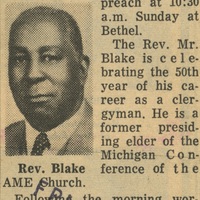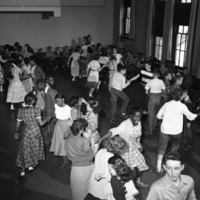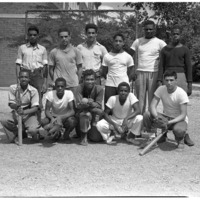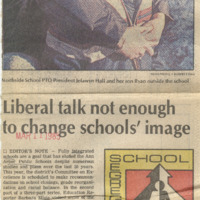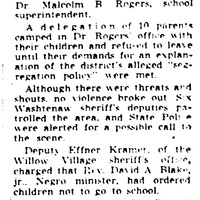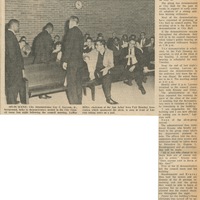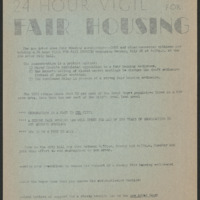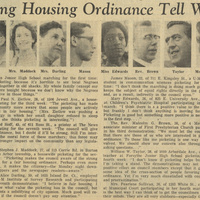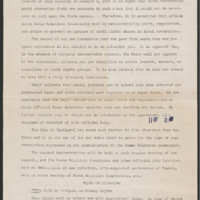Mapping Resistance and Community Action
Bethel African Methodist Episcopal Church, or Bethel A.M.E. Church, was built in 1892 at 632 N. 4th Ave. in Ann Arbor, Michigan (Shackman, 2000). Bethel was a branch of the African Methodist Episcopal Church, the first independent Black church in the United States. By the early 1900s, Ann Arbor's Black community was concentrated around Bethel A.M.E. and Second Baptist Church in North Central (now Kerrytown), the only area in the city where Black people could purchase property. The church became a center of activism in the Ann Arbor Black community, especially during the 1960s movements for desegregation and fair housing (Shackman, 2000).
Shackman, G. (2000, April). Bethel AME. Ann Arbor Observer. https://aadl.org/aaobserver/17688
Schools like the Jones School and the Mack School also served as "an anchor" of the North Central Black community (Jones School, n.d.). As de facto segregated schools, they were frequently at the center of school and residential desegregation battles between community members and city council members. They also hosted several relief and donation drives for the surrounding community throughout the 20th century.
Jones School. (n.d.). Ann Arbor District Library. Retrieved November 30, 2021, from https://aadl.org/jonesschool
Organizations such as the NAACP, SNCC, and the Ann Arbor Area Fair Housing Association -- CORE frequently protested the desegregation of Ann Arbor schools and neighborhoods and advocated for the successful implementation of a fair housing ordinance in Ann Arbor. While the ordinance was eventually achieved after years of resistance, city government was criticized for not fully enforcing it.


